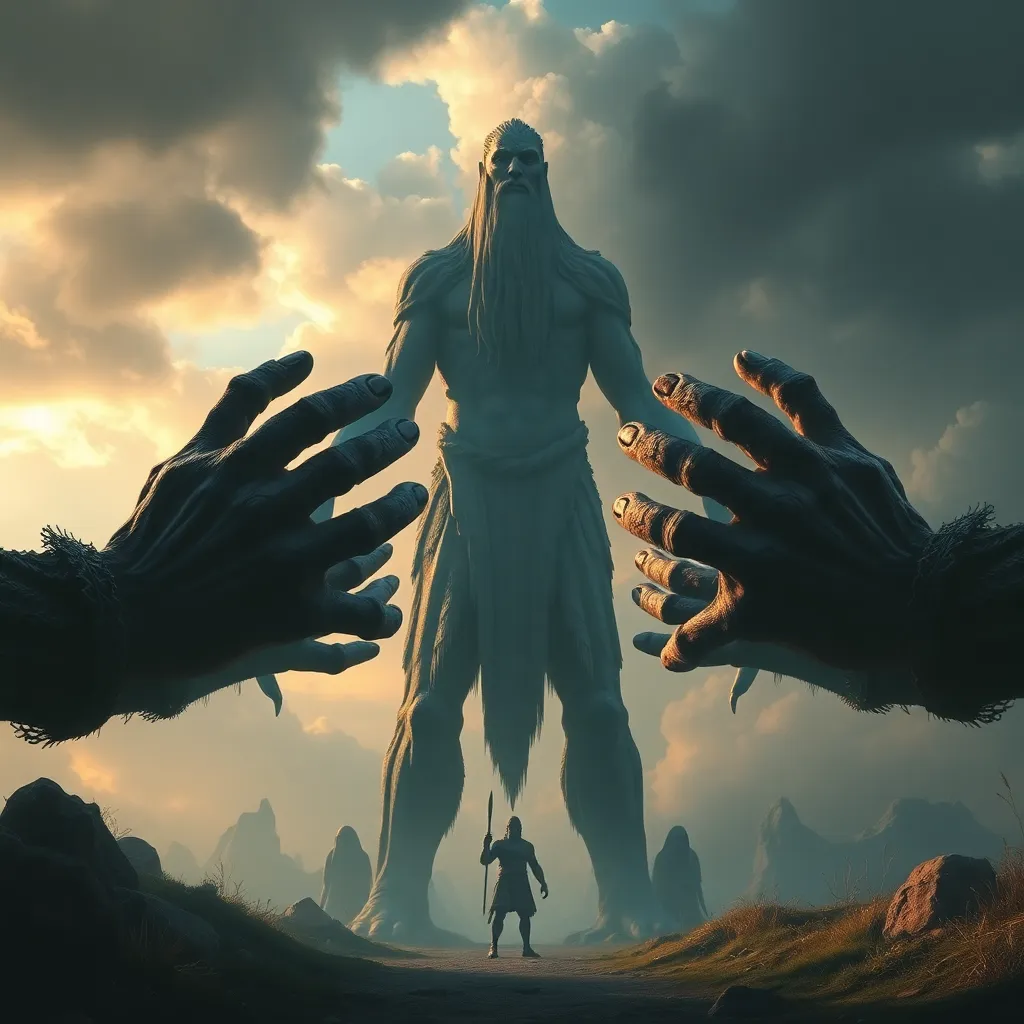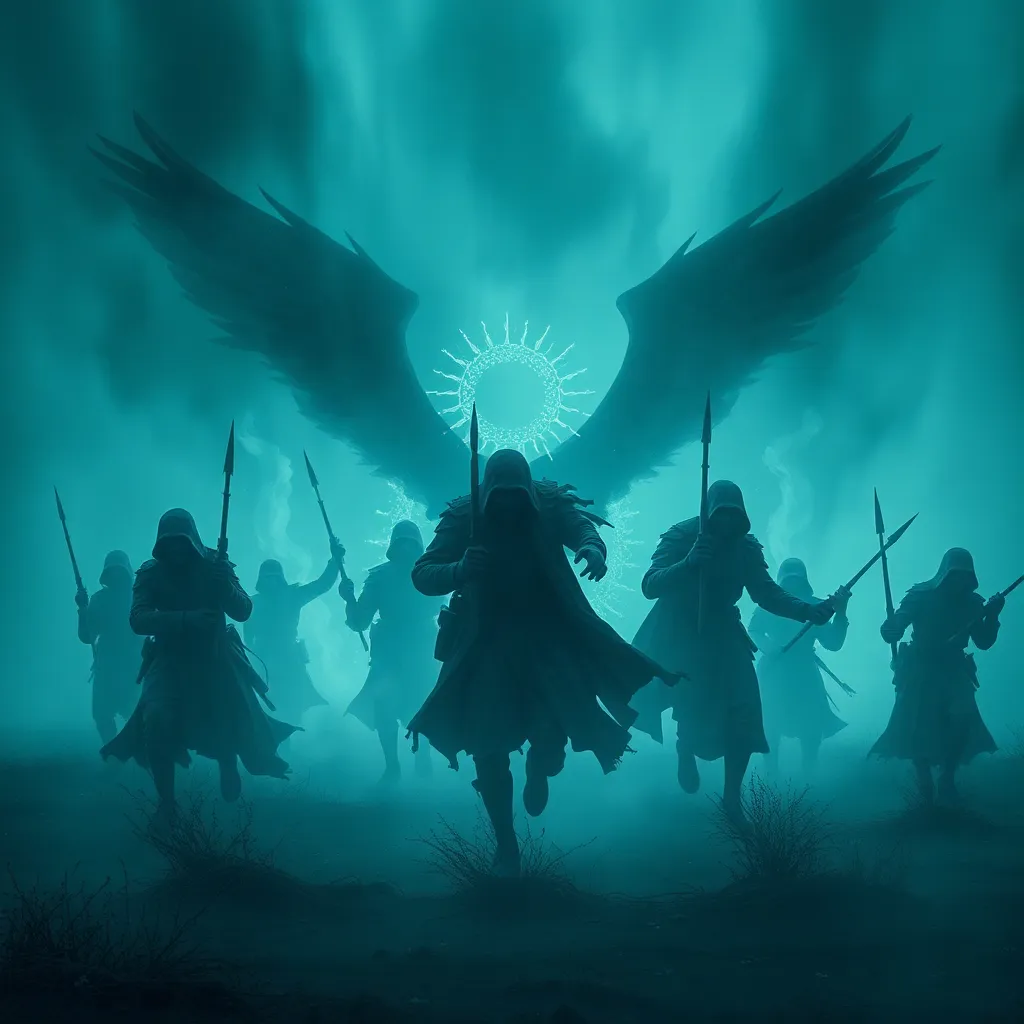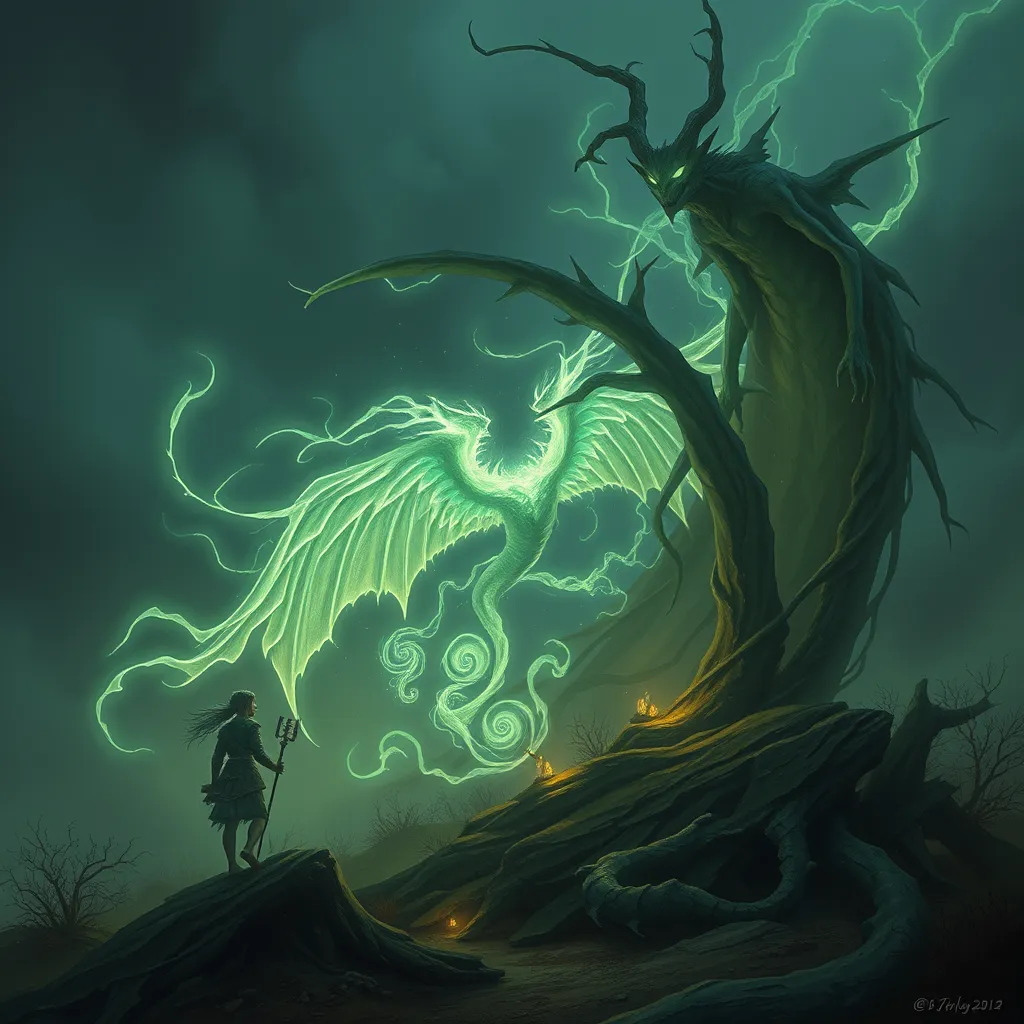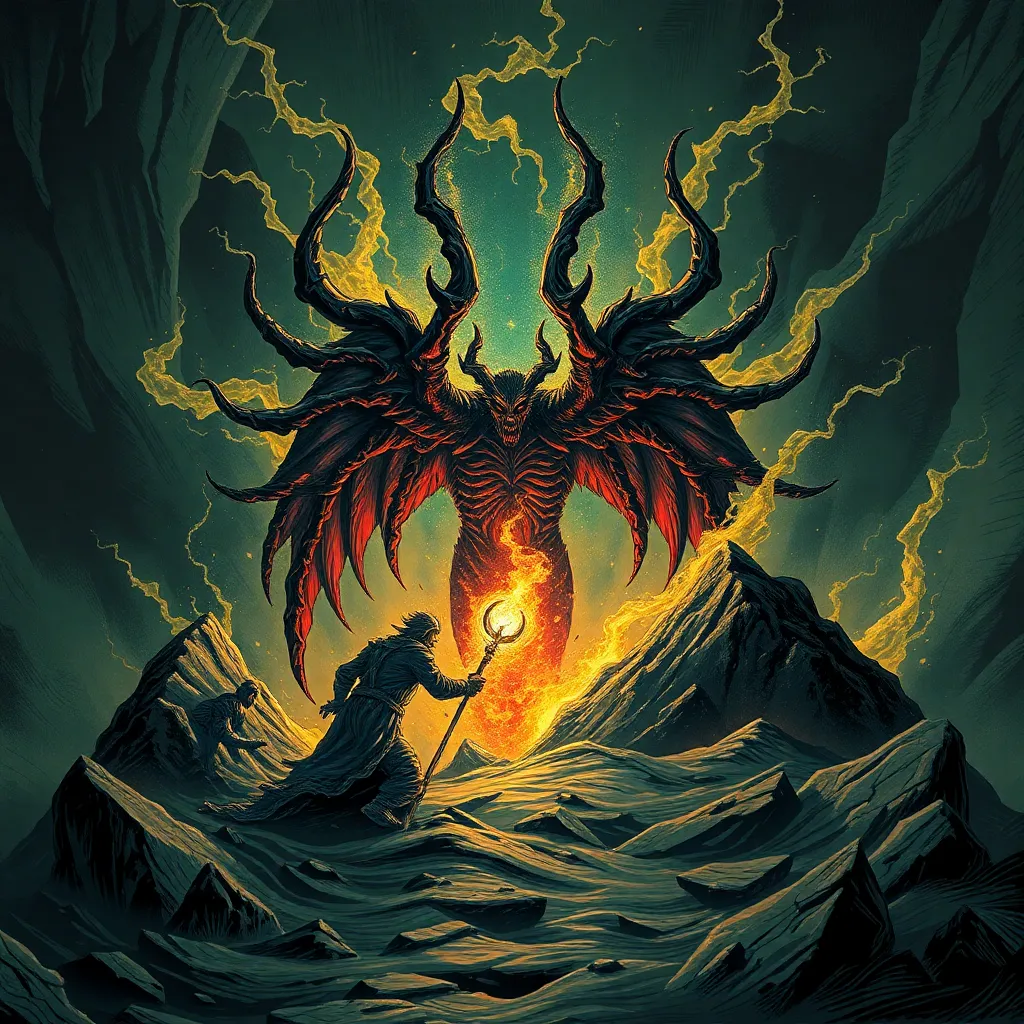The Hundred-Handed Giants in Popular Culture: Adaptations and Interpretations
I. Introduction
The Hundred-Handed Giants, known as the Hecatoncheires in Greek mythology, are fascinating figures that have captured the imagination of many throughout history. These extraordinary beings are characterized by their hundred hands and fifty heads, embodying immense strength and chaos. Their portrayal in popular culture serves as a testament to their lasting significance, showcasing how ancient myths can be reinterpreted to reflect contemporary themes and values.
This article aims to explore the various adaptations and interpretations of the Hundred-Handed Giants across different media. By examining their mythological origins, representations in literature, art, film, television, and video games, as well as their thematic implications, we will shed light on their enduring legacy in popular culture.
II. Mythological Origins of the Hundred-Handed Giants
In Greek mythology, the Hundred-Handed Giants, or Hecatoncheires, were born from Gaia and Uranus, along with the Titans and Cyclopes. Their names—Briareus, Cottus, and Gyes—are steeped in ancient lore, symbolizing overwhelming power and raw chaos.
Key characteristics and attributes of the Hecatoncheires include:
- Physical Form: Each giant possessed one hundred hands and fifty heads, representing their formidable strength and ability to act in multiple ways simultaneously.
- Personality: Unlike the Titans, who often displayed arrogance and cruelty, the Hecatoncheires were noted for their loyalty to Zeus during the Titanomachy.
- Role in the Titanomachy: These giants played a crucial role in the battle between the Titans and the Olympian gods, using their immense power to help Zeus secure victory.
Their involvement in divine conflicts highlights themes of chaos versus order, further establishing their significance in Greek mythology.
III. The Hundred-Handed Giants in Literature
The portrayal of the Hundred-Handed Giants has evolved throughout history, with interpretations found in both classical and modern literature. In ancient texts, such as Hesiod’s “Theogony,” they are depicted as monstrous yet pivotal characters in the myths surrounding the creation of the world and the power struggles among gods.
In modern literary adaptations, authors have often reimagined the Hecatoncheires to explore themes of identity, power, and alienation. Notable examples include:
- American Gods by Neil Gaiman: The giants are referenced as symbols of forgotten power in a contemporary setting where old gods struggle for relevance.
- Circe by Madeline Miller: In this retelling of the myth, the giants are woven into the narrative to emphasize themes of isolation and the complexity of divine relationships.
The symbolism of the Hundred-Handed Giants often centers around the duality of strength and vulnerability, reflecting the human condition and societal challenges.
IV. Visual Representations in Art and Media
The visual representation of the Hundred-Handed Giants has been a rich area for artistic exploration. In classical art, they are often depicted in sculptures and pottery, showcasing their imposing figures and numerous hands.
In contemporary artwork, the influence of the Hecatoncheires can be seen in:
- Graphic Novels: Artists utilize the giants’ bizarre forms to create striking visual narratives that emphasize themes of chaos and complexity.
- Digital Art: The giants have inspired numerous digital artists who reinterpret their forms in imaginative ways, often reflecting modern anxieties and issues.
Iconography related to the Hecatoncheires typically emphasizes their monstrous features and overwhelming presence, serving as a metaphor for the chaotic forces that exist within society.
V. Film and Television Adaptations
Film and television have further popularized the concept of the Hundred-Handed Giants, bringing them into mainstream culture. Notable adaptations include:
- Clash of the Titans (1981 and 2010): The Hecatoncheires are portrayed as formidable creatures that assist the gods in their battles against Titans and other monsters.
- Percy Jackson & The Olympians series: The giants appear as antagonists, further emphasizing their chaotic nature and the challenges faced by the young heroes.
Character portrayal in these adaptations often leans towards highlighting their strength and chaos, while audience reception varies, with some appreciating the fidelity to myth and others critiquing the simplification of complex characters.
VI. The Hundred-Handed Giants in Video Games
Video games have also embraced the Hundred-Handed Giants, utilizing them as powerful adversaries or allies. Their presence in gaming narratives often reflects themes of strength and chaos, with gameplay mechanics inspired by their unique attributes.
Examples include:
- God of War series: The giants are depicted as colossal bosses, challenging players with their overwhelming might.
- Hades: The game features references to mythological figures, including the Hecatoncheires, weaving them into the narrative and gameplay.
Fan reactions often highlight the excitement surrounding the incorporation of mythological elements into gameplay, emphasizing how these characters resonate within the gaming community.
VII. Thematic Interpretations and Cultural Impact
The Hundred-Handed Giants embody powerful themes that resonate within contemporary culture. They represent chaos and power, often serving as metaphors for:
- Struggles for Power: Their battles against the Titans and their role in divine conflicts symbolize the ongoing struggle for control and dominance in society.
- Societal Issues: Themes of alienation and the search for identity are prevalent in modern interpretations, reflecting the complexities of contemporary life.
The giants’ influence extends into discussions about myth and identity, encouraging a reevaluation of how ancient narratives inform our understanding of modern issues.
VIII. Conclusion
In summary, the Hundred-Handed Giants, or Hecatoncheires, have been a significant part of mythological and popular culture narratives. Their origins in Greek mythology, literary adaptations, visual representations, and appearances in film, television, and video games showcase their versatility and relevance across time.
Reflecting on their enduring legacy, it is evident that these giants continue to inspire discussions about power, chaos, and identity. As we look to the future, further exploration of their adaptations in popular culture will undoubtedly yield new insights and interpretations, keeping the spirit of the Hecatoncheires alive for generations to come.



